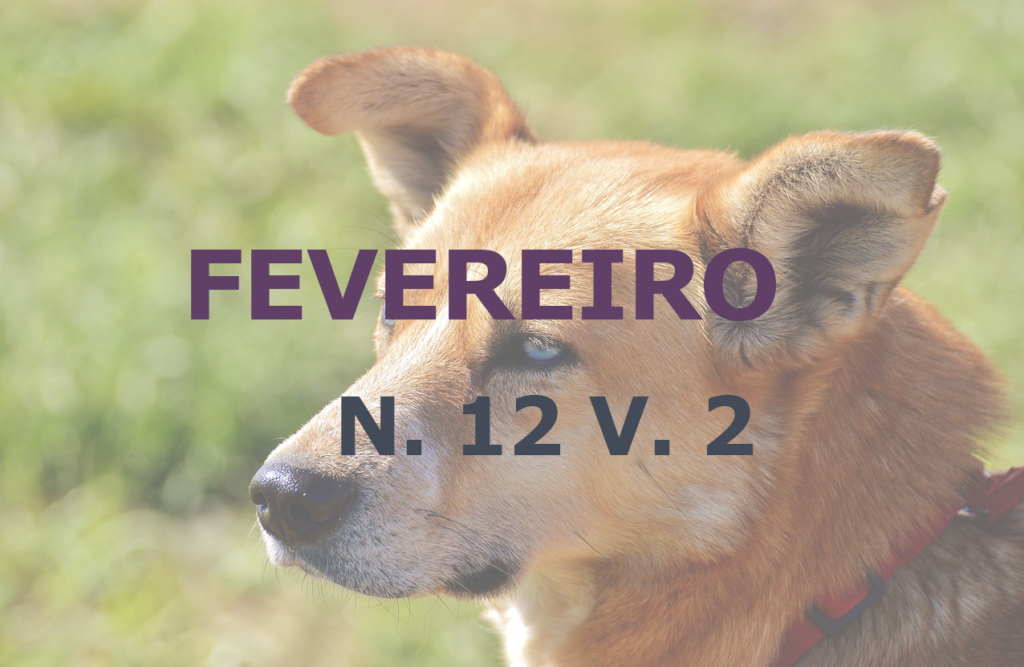Tanning methodologies using skins of righteye Pleuronectes neatus, Centropomus undecimalis, Oreocchromis niloticus and Chaetodipterus faber
DOI:
https://doi.org/10.22256/pubvet.v12n2a23.1-8Keywords:
Tanning, fish, process, productAbstract
This study aimed to evaluate the determination of tanning processes with fish skin, using vegetable tannins as tanning agent in righteye Pleuronectes neatus and Centropomus undecimalis. The study also performed a leather resistance analysis for young and adult Oreocchromis niloticus and Chaetodipterus faber. The carried out tanning is divided into two steps: Beamhouse operations – tanning (curing, unhairing, scudding, soaking, liming, deliming and pickling) and finishing operations (neutralising, retanning, drum dyeing, fatliquoring and drying). The use of formic acid, with an initial proportion of 1%, suffered 0.5% reduction at the retanning stage for the four species in the experiment. The high acidification in direct contact with the skins adversely affected the tanning process, causing also the decrease from 2% to 1% of soda ash during the liming process, being noticed the rupture of scales insertion coverslips, damaging the final product. The tanning of Centropomus undecimalis and Pleuronectes neatus resulted in hard leather, which does not provide conditions for the mechanical resistance analysis, thus requiring the development of new methodologies to obtain a soft and easy-to-handle final product. The proof-bodies were made for the following tests: tensile strength (N/mm2), elongation and progressive tearing (N/mm) for tilapia and Chaetodipterus faber leathers, using the EMIC® dynamometer at removal speed of 100 ± 20 mm/mm. Regarding the mechanical resistance analysis results, the leather of young and adult Oreocchromis niloticus respectively presented values of 63.3 N/mm2 and 42.58 for tensile strength, 80.9% and 64.3% for elongation and 32.7 N/mm and 41.9 N/mm for progressive tearing, which proves its superiority over the Chaetodipterus faber. This one presented tensile strength of 56.8 N/mm2 and progressive tearing resistance of 20.9 N/mm. Young and adult Oreocchromis niloticus and Centropomus undecimalis, according to ABNT NBR 13525:2015, can be used for fashion leather. Oreocchromis niloticus, exclusively, can also provide leather for automotive purposes and furniture.
Downloads
Published
Issue
Section
License
Copyright (c) 2018 Kátia Kalko Schwarz, Karoline Souza de Mendonça, Silvia Santos Wakiuchi, Jhennifer Caroline Sassamori, Gisele Cristina de Júlio Pucci Rebuli

This work is licensed under a Creative Commons Attribution 4.0 International License.
Você tem o direito de:
Compartilhar — copiar e redistribuir o material em qualquer suporte ou formato
Adaptar — remixar, transformar, e criar a partir do material para qualquer fim, mesmo que comercial.
O licenciante não pode revogar estes direitos desde que você respeite os termos da licença. De acordo com os termos seguintes:
Atribuição
— Você deve dar o crédito apropriado, prover um link para a licença e indicar se mudanças foram feitas. Você deve fazê-lo em qualquer circunstância razoável, mas de nenhuma maneira que sugira que o licenciante apoia você ou o seu uso. Sem restrições adicionais
— Você não pode aplicar termos jurídicos ou medidas de caráter tecnológico que restrinjam legalmente outros de fazerem algo que a licença permita.





